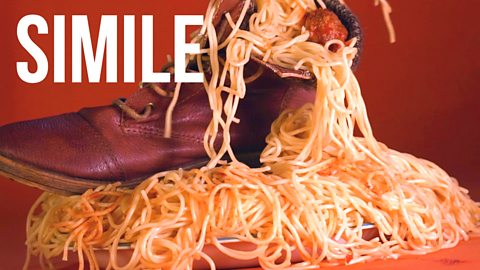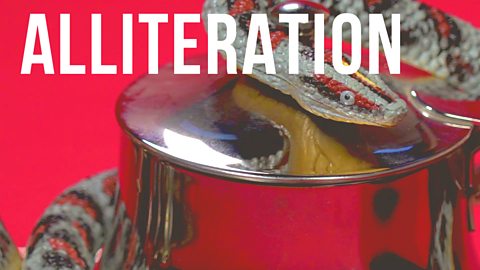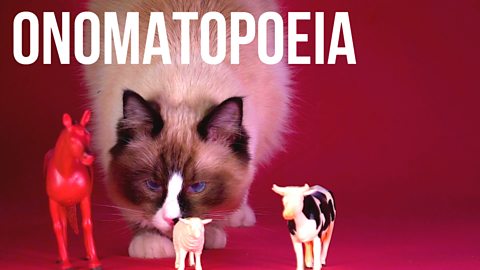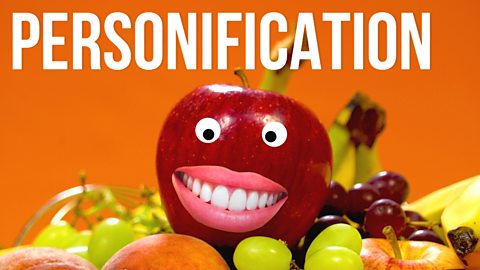A metaphor is a way of describing something by saying it is something else.
What is a metaphor? How and why would you use it?
A metaphor is a figure of speech that describes something by saying it is something else. It's not actually true but it gives the reader a clearer idea of what it is like.
Examples from daily life
- 'You are my sunshine.' In this example, someone is being compared to the sun. Sunshine is bright and provides the earth with lots of light. This suggests the person is very happy and brings joy to other people.
- 'They were peas in a pod.' Peas in a pod would normally be very close together which suggests that the people in this metaphor are very close friends and nothing can keep them apart.
- 'Life is a rollercoaster.' Rollercoasters often have lots of twists and turns, move very quickly and can be quite frightening! This suggests life also has highs and lows, is fast-paced and, at times, can be a little scary. But, like a rollercoaster, life can also be lots of fun!
Remember don't confuse metaphors with similes. Similes compare two things using 'like' or 'as' but metaphors say one thing 'is' another thing.
Extended metaphors
Extended metaphors are metaphors that run throughout a piece of work. For example, in the poem Valentine by Carol Ann Duffy, the speaker says 'I give you an onion.'
The onion is a metaphor for the speaker's love:
- 'It will blind you with tears like a lover.'
- 'Its fierce kiss will stay on your lips.'
What does it mean that the speaker gives their partner an onion and not a red rose? It suggests their love is not romantic or traditional. The onion represents a different kind of love: one that is complex and honest and has many layers.
Carol Ann Duffy isn't the only person to use an onion as a metaphor. In the movie Shrek, Shrek compares ogres to onions. Donkey wonders if it's because they both stink or they both make you cry but Shrek says: 'Onions have layers. Ogres have layers. Onions have layers. You get it? We both have layers.'
More on Understanding, analysing and evaluating
Find out more by working through a topic
- count4 of 15

- count5 of 15

- count6 of 15

- count7 of 15
